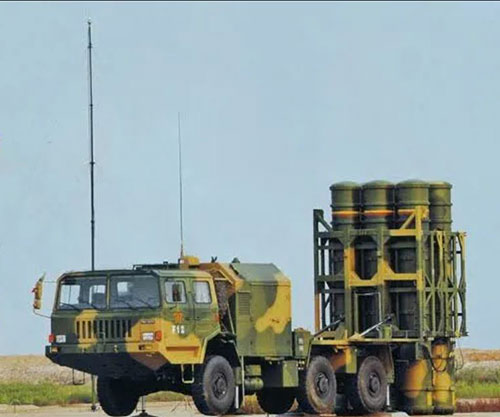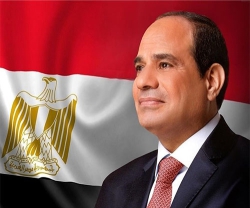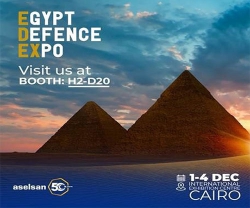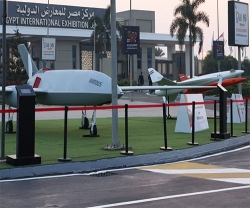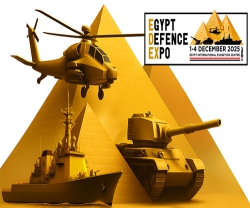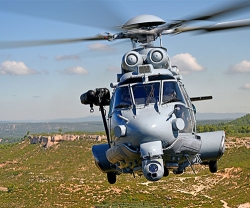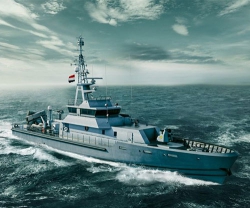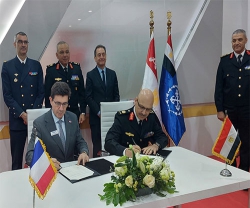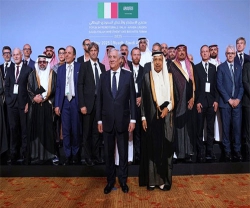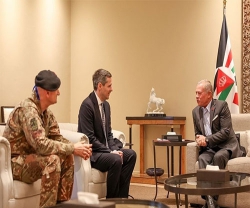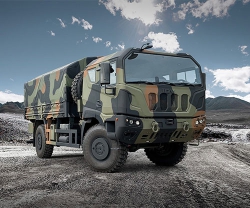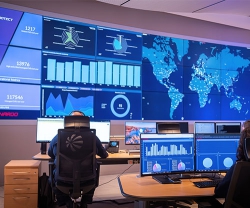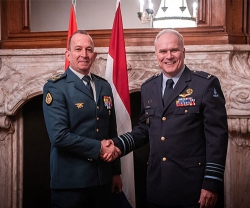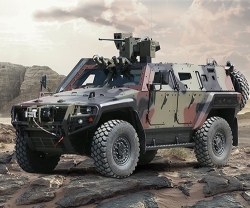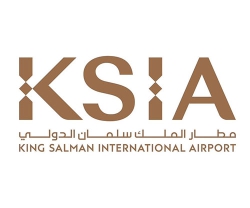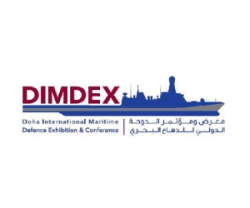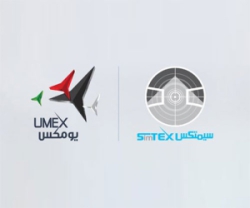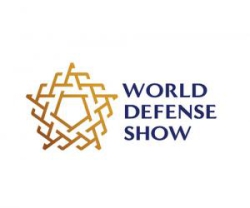Egypt has officially confirmed its deployment of the Chinese HQ-9B long-range air defence system, a move that marks a notable enhancement of its military capabilities and reflects a growing partnership with Beijing.
This confirmation came from retired Major General Samir Farag, a former high-ranking official in the Egyptian Armed Forces, during an interview on Sada El-Balad TV, Military Africa reported.
Farag revealed that Egypt’s arsenal includes various modern defence systems, with the HQ-9B - a system comparable to Russia’s S-40 - being a key component. This disclosure, reported by Israeli media outlet nziv, reveals Egypt’s strategic shift toward diversifying its arms suppliers and strengthening its air defence network. The HQ-9B’s advanced capabilities, including its ability to engage a wide array of aerial threats, position Egypt to better address regional security challenges while navigating complex geopolitical dynamics.
Developed by China’s Aerospace Science and Industry Corporation, the HQ-9B, is a long-range surface-to-air missile system designed to counter fighter jets, cruise missiles, and short-range ballistic missiles. With an operational range of up to 200 kilometres and an altitude ceiling of 27 kilometres, it offers robust protection against modern threats.
The system’s radar, believed to be a variant of the HT-233 model, employs active electronically scanned array (AESA) technology, enabling it to detect low-observable targets like stealth aircraft at extended ranges. This radar also allows the HQ-9B to track multiple threats simultaneously, enhancing its effectiveness in high-intensity scenarios. Each launcher can carry up to eight missiles, double the capacity of earlier versions, and its command-and-control architecture supports integration with other air defence assets, creating a layered defence network.
The HQ-9B has proven successful in the international market, being exported to countries like Turkmenistan, Uzbekistan, and Pakistan, and reportedly to Morocco. Serbia also chose a lighter version, the HQ-22, despite Western pressure to acquire NATO-standard systems.
China’s willingness to supply advanced systems like the HQ-9B to Egypt also reflects Beijing’s broader ambitions in the Middle East. By positioning itself as a reliable alternative to Western and Russian arms suppliers, China is carving out a niche in a region long dominated by other powers. The HQ-9B’s success in Egypt could pave the way for further sales, with Rosoboronexport, Russia’s defence export agency, noting enthusiastic reviews from Middle Eastern partners impressed by the Pantsir system’s performance in combat. However, the HQ-9B’s lack of combat testing compared to its Russian or American counterparts remains a point of contention, though its technical specifications suggest it is a formidable system.
Egypt’s air defence systems are being operated in tandem with Egypt’s recently acquired U.S.-approved AN/TPS-78 radar acquisition, French-made Thales Ground Master 400 (GM400) AESA air defence radars. These long-range, mobile 3D radar systems have a maximum range of up to 515 km. Additionally, in 2017, Egypt received the 59N6E Protivnik-GE 3D advanced early warning surveillance radar from Russia. (Sada El-Balad TV; Military Africa; nziv; File Photo: HQ-9B Long-Range Air Defence System)

